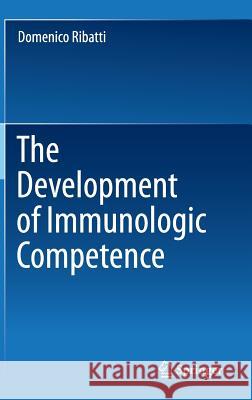The Development of Immunologic Competence » książka
topmenu
The Development of Immunologic Competence
ISBN-13: 9783319246611 / Angielski / Twarda / 2016 / 60 str.
The Development of Immunologic Competence
ISBN-13: 9783319246611 / Angielski / Twarda / 2016 / 60 str.
cena 390,87 zł
(netto: 372,26 VAT: 5%)
Najniższa cena z 30 dni: 385,52 zł
(netto: 372,26 VAT: 5%)
Najniższa cena z 30 dni: 385,52 zł
Termin realizacji zamówienia:
ok. 20 dni roboczych.
ok. 20 dni roboczych.
Darmowa dostawa!











